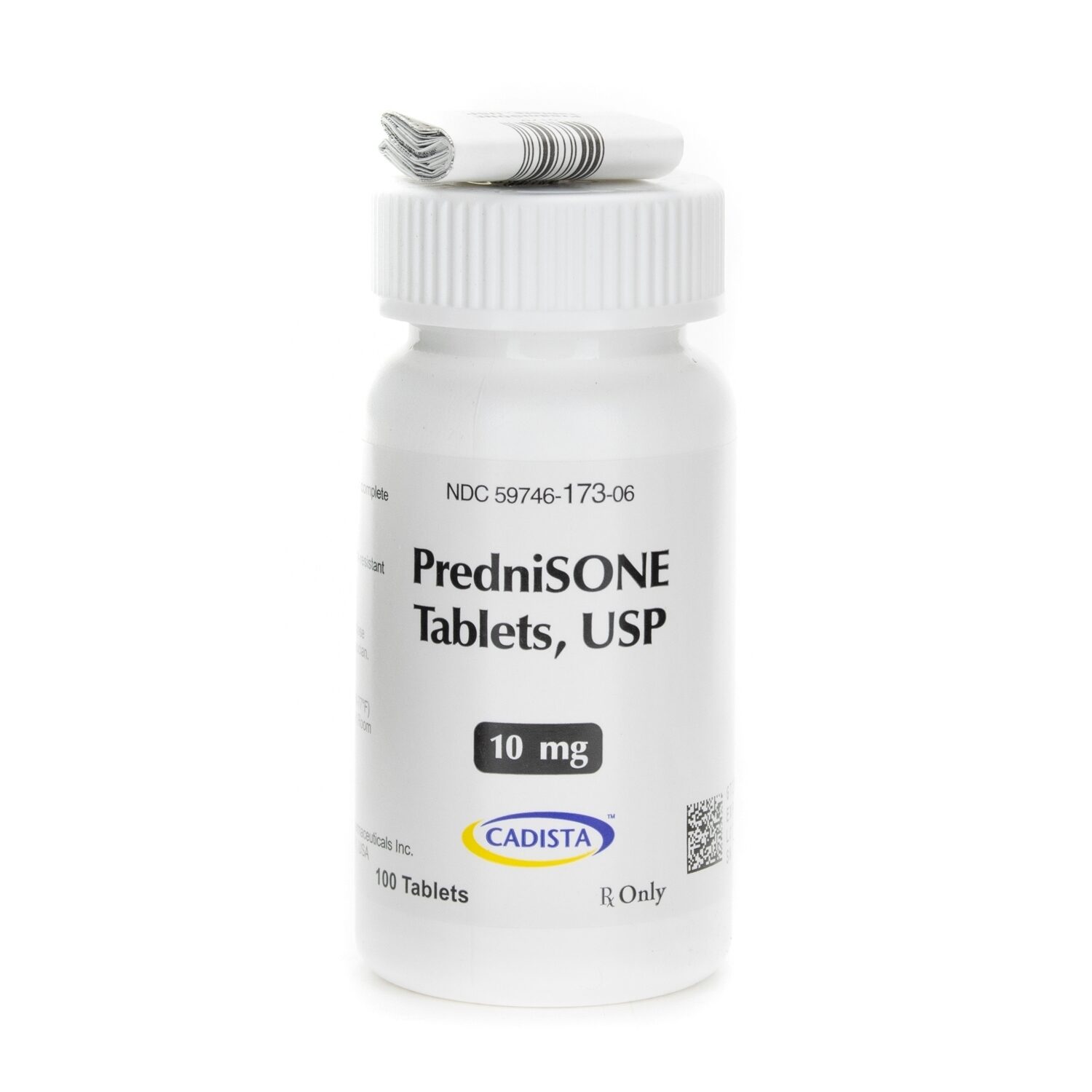Celecoxib, a nonsteroidal anti-inflammatory drug (NSAID), is specifically designed to inhibit the enzyme cyclooxygenase-2 (COX-2), which plays a significant role in the production of prostaglandins. Prostaglandins are substances in the body that cause pain, inflammation, and fever. By selectively inhibiting COX-2, celecoxib reduces the production of these prostaglandins, thereby reducing inflammation and relieving pain. The 200mg dosage of celecoxib is commonly prescribed for various conditions, including osteoarthritis, rheumatoid arthritis, and ankylosing spondylitis, as well as for the management of acute pain and primary dysmenorrhea.
Mechanism of Action
The mechanism of action of celecoxib is centered around its ability to selectively inhibit COX-2 without affecting COX-1 to a significant extent. COX-1 is involved in the production of protective prostaglandins in the stomach that help maintain the integrity of the gastric mucosa. Traditional NSAIDs, which are non-selective COX inhibitors, can interfere with COX-1, leading to gastrointestinal side effects such as ulcers and bleeding. The selective inhibition of COX-2 by celecoxib aims to provide the therapeutic benefits of reducing inflammation and pain while minimizing the risk of gastrointestinal complications associated with non-selective COX inhibition.
Indications and Usage
Celecoxib 200mg is indicated for the relief of signs and symptoms of osteoarthritis, rheumatoid arthritis, and ankylosing spondylitis, and for the management of acute pain in adults. It is also used for the treatment of primary dysmenorrhea. The specific dosage may vary depending on the condition being treated. For osteoarthritis, the recommended dosage is 200mg per day as a single dose or 100mg twice daily. For rheumatoid arthritis, the recommended dosage is 100mg to 200mg twice daily. For ankylosing spondylitis, the recommended dosage is 200mg per day as a single dose or 100mg twice daily. The management of acute pain and primary dysmenorrhea typically starts with a 400mg initial dose, followed by an additional 200mg dose if needed on the first day, then 200mg twice daily as needed.
Side Effects and Precautions
While celecoxib is designed to have a more favorable gastrointestinal side effect profile compared to non-selective NSAIDs, it is not devoid of potential side effects. Common side effects include abdominal pain, diarrhea, dyspepsia, flatulence, and nausea. More serious side effects can include gastrointestinal ulcers, bleeding, or perforation, which are more likely in patients with a history of ulcer disease or bleeding. Cardiovascular events such as myocardial infarction or stroke can also occur, particularly with long-term use or in patients with pre-existing cardiovascular risk factors. Celecoxib should be used with caution in patients with a history of cardiovascular disease, and the lowest effective dose should be used for the shortest duration necessary.
Interactions and Contraindications
Celecoxib can interact with various medications, including warfarin, which can increase the risk of bleeding, and lithium, which can increase lithium plasma levels. It is contraindicated in patients with known hypersensitivity to celecoxib, sulfonamides, or any of the inactive ingredients in celecoxib. It is also contraindicated in patients who have experienced asthma, urticaria, or allergic-type reactions after taking aspirin or other NSAIDs, as these patients may be at increased risk for an allergic reaction to celecoxib.
Dosage Adjustments
Dosage adjustments of celecoxib may be necessary in patients with hepatic impairment. The use of celecoxib in patients with moderate hepatic impairment should be done with caution, and the dose should not exceed 100mg twice daily. In severe hepatic impairment, the dose should not exceed 100mg once daily. For patients with severe renal insufficiency, the dose should not exceed 100mg twice daily.
Practical Considerations
Given the potential side effects and interactions associated with celecoxib, patients should be monitored regularly for signs of gastrointestinal toxicity, renal impairment, or other adverse effects. It is essential for patients to report any changes in their health status or any new medications they are taking to their healthcare provider to ensure safe use.
Case Studies and Real-World Applications
Real-world applications of celecoxib highlight its effectiveness in managing pain and inflammation in various clinical scenarios. For instance, in the management of osteoarthritis, celecoxib has been shown to provide significant pain relief and improvement in functional ability. Similarly, in patients with ankylosing spondylitis, celecoxib has been demonstrated to reduce symptoms of spinal pain and stiffness.
Expert Insights
Experts in rheumatology and pain management emphasize the importance of tailoring the use of celecoxib to the individual patient’s needs and risk factors. This includes careful consideration of the patient’s medical history, current medications, and potential side effects. Given the array of treatment options available for pain and inflammation, the decision to use celecoxib should be based on a comprehensive assessment of the patient’s condition and treatment goals.
Resources for Further Information
For patients and healthcare providers seeking more detailed information on celecoxib, including its full prescribing information, patient medication guides, and educational resources, the following can be consulted: - The official FDA website for drug approvals and safety information - The manufacturer’s website for specific product information and patient support programs - Professional medical organizations, such as the American College of Rheumatology, for guidelines and recommendations on the use of celecoxib in various clinical scenarios.
Conclusion
Celecoxib 200mg offers a valuable treatment option for managing pain and inflammation in conditions such as osteoarthritis, rheumatoid arthritis, and ankylosing spondylitis. Its selective COX-2 inhibition provides therapeutic benefits while minimizing gastrointestinal risks compared to traditional NSAIDs. However, its use requires careful consideration of potential side effects, interactions, and contraindications. Through a patient-centered approach and adherence to recommended dosages and precautions, celecoxib can be an effective part of a comprehensive treatment plan for individuals suffering from these conditions.
Frequently Asked Questions
What is the recommended dosage of celecoxib for osteoarthritis?
+The recommended dosage of celecoxib for osteoarthritis is 200mg per day as a single dose or 100mg twice daily.
Can celecoxib be used in patients with a history of cardiovascular disease?
+Celecoxib should be used with caution in patients with a history of cardiovascular disease. The lowest effective dose should be used for the shortest duration necessary.
What are the common side effects of celecoxib?
+Common side effects of celecoxib include abdominal pain, diarrhea, dyspepsia, flatulence, and nausea.
How does celecoxib compare to traditional NSAIDs in terms of gastrointestinal side effects?
+Celecoxib is designed to have a more favorable gastrointestinal side effect profile compared to non-selective NSAIDs due to its selective inhibition of COX-2.
Can celecoxib be used in patients with renal impairment?
+In patients with severe renal insufficiency, the dose of celecoxib should not exceed 100mg twice daily.



